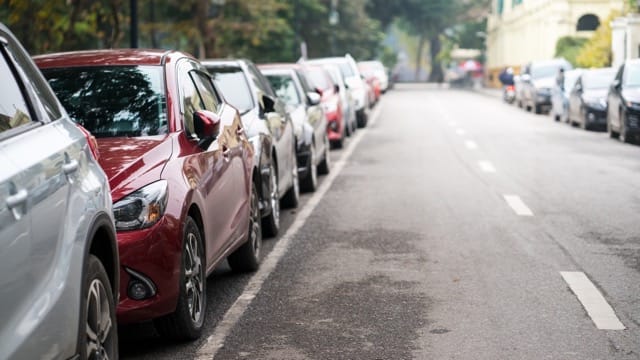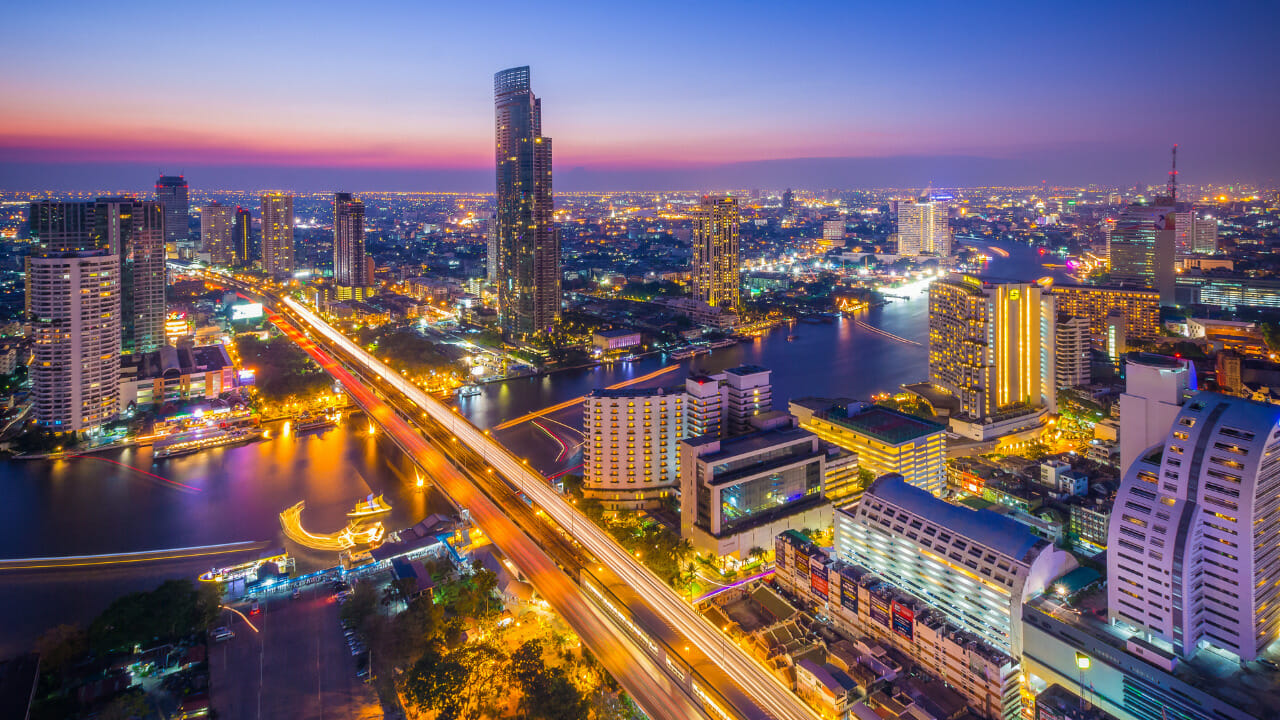It’s no secret that automobiles have had a major impact on the way our cities are designed. For better or for worse, cars have shaped the way we live, work, and play. But as our cities continue to grow and change, is it time to re-think the way we’ve designed them around cars? Let’s take a look at how automobiles have shaped our cities – and why it’s time for a change.
The Impact of Automobiles on City Design
One of the most obvious ways automobiles have shaped our cities is through the way they’ve influenced our transportation infrastructure. Take a look at any city map and you’ll see a network of roads, highways, and bridges that has been designed to accommodate cars. In many cases, this has meant sacrificing other forms of transportation, such as public transport or walking and cycling paths. As a result, our cities have become more reliant on cars – which has had a number of negative consequences.
Increased Congestion and Pollution
For one, it has led to increased congestion and pollution. It’s estimated that in 2017, traffic congestion cost the U.S. economy $305 billion in wasted time and fuel – an increase of $10 billion from the previous year. And according to the Environmental Protection Agency (EPA), transportation is responsible for almost 30% of all greenhouse gas emissions in the United States.
Impact on Public Health
In addition to congestion and pollution, designing our cities around cars has also had an impact on public health. According to the CDC, “physical inactivity is linked with poor health outcomes such as obesity, type 2 diabetes, cardiovascular disease, various types of cancer, anxiety, and depression.” In fact, physical inactivity is estimated to cost the U.S. economy $117 billion each year in direct medical costs and lost productivity.
Increase in Social Isolation
Designing our cities around cars has led to increased social isolation and decreased community engagement. When we’re stuck in our cars all day commuting to and from work, we don’t have many opportunities to interact with our neighbors or build relationships with people in our community. This can lead to feelings of loneliness and isolation – which can have serious consequences for our mental health.
Why It's Time for a Change
As our cities continue to grow and change, it’s clear that the way we’ve designed them around cars is no longer sustainable. Congestion and pollution are getting worse, public health is declining, and social isolation is on the rise. That’s why it’s time for a change. It’s time to start rethinking the way we design our cities – with people, not cars, at the center.
There are a number of ways we can do this, one of the most important is by investing in public transport. Public transport can help to reduce congestion and pollution, while also providing an efficient and affordable way for people to get around. In addition, public transport can help to increase community engagement by bringing people together and fostering social interactions.
It’s also important to note that cars are not going anywhere anytime soon so investing in parking management platforms such as KERB is essential to help make the best use of the existing infrastructure and make our cities more sustainable in the long term. KERB helps to optimise parking in cities, making it easier for people to find a space and park their car. This can help to reduce congestion and pollution, while also freeing up space for other uses such as public transport or walking and cycling paths. Making these kinds of changes will require a concerted effort from all levels of government, as well as developers, planners, and the general public. But if we’re willing to work together, we can create cities that are more livable, sustainable, and enjoyable for everyone.






